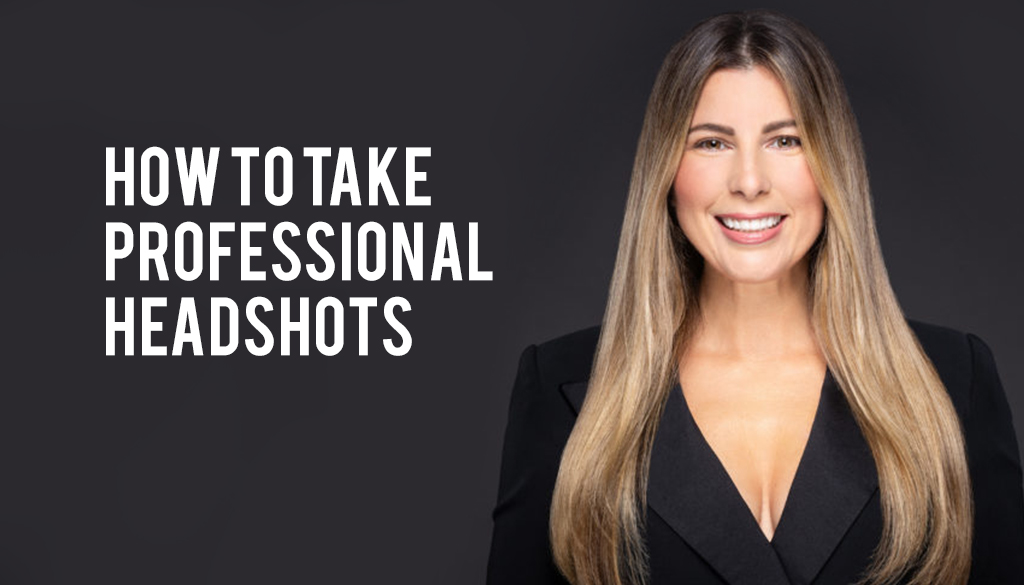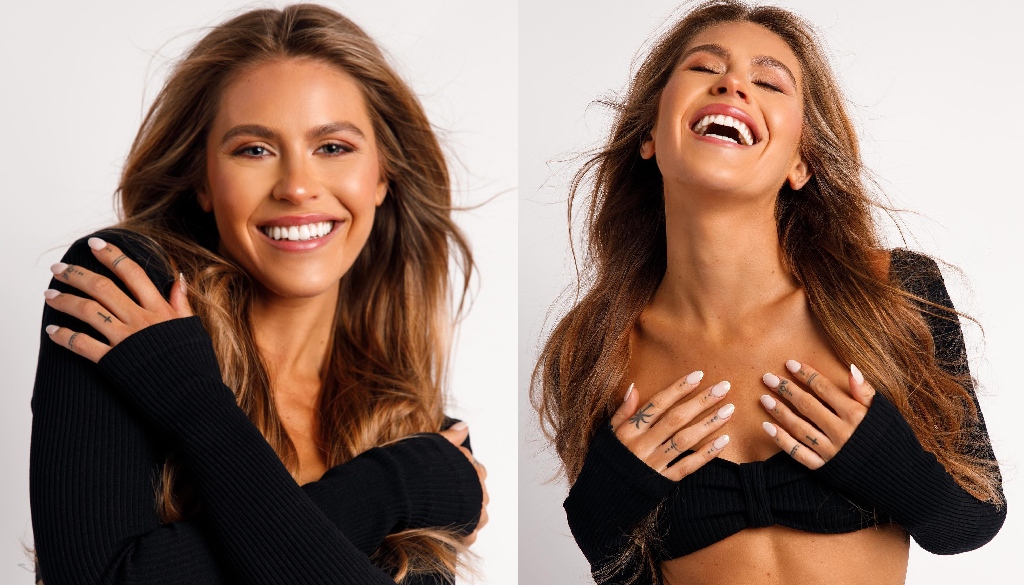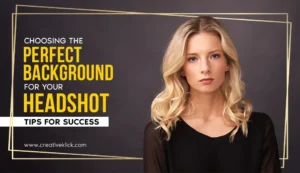
Headshots are a powerful tool for branding, networking, and self-promotion. Whether you’re an actor, model, or business professional, having a high-quality headshot can make all the difference. But how do you take a professional headshot? In this comprehensive guide, we’ll cover everything you need to know to take a stunning headshot that showcases your best self.
Headshots hollywood headshot is a professional photograph of a person’s face and shoulders, often used for business, branding, or promotional purposes. A well-taken headshot can help you make a strong first impression, convey confidence and approachability, and set you apart from the competition. In this guide, we’ll walk you through everything you need to know to take a great headshot, from preparation to post-processing.
The Importance of a Professional Headshot
Your headshot is often the first impression you make on potential clients or employers. It’s important to put your best foot forward and present yourself in a professional manner. Headshots in hollywood great headshot can help you stand out from the crowd, while a poor-quality headshot can make you look unprofessional and unapproachable. Investing time and effort into taking a professional headshot can pay off in dividends down the line.
Preparation for Your Headshot Session
Before you begin taking your headshots, it’s important to prepare in advance. Here are some tips for getting ready for your headshot session:
Outfit Selection
Choose clothing that is simple, classic, and professional. Avoid bold patterns, bright colors, and distracting jewelry or accessories. Solid colors work well, especially in neutral tones like black, white, or grey.
Hair and Makeup
Make sure your hair is styled in a way that is flattering and professional. For makeup, consider using a professional makeup artist to help you achieve a polished look.
Skin Care
Take care of your skin in the days leading up to your headshot session. Drink plenty of water, avoid sun exposure, and get plenty of rest to ensure your skin looks its best.
Props and Accessories
Consider incorporating props or accessories that reflect your personality or brand. For example, if you’re a musician, you may want to include your instrument in your headshot.
Setting Up Your Headshot Session
The right location, lighting, and camera equipment can make all the difference in the quality of your headshot. Here are some tips for setting up your headshot session:
Choosing the Right Location
Choose a location that is well-lit and has a neutral background. Avoid busy or distracting backgrounds, and make sure the lighting is even and flattering.
Lighting Setup
Investing in quality lighting equipment can make all the difference in the quality of your headshot. Consider using a softbox or umbrella to create even, flattering light.

Camera and Lens Selection
Choose a camera and lens that allow you to capture sharp, high-quality images. A DSLR or mirrorless camera with a fast lens (such as a 50mm f/1.8) is a great option for headshots.
Posing and Framing
The right posing and framing can make all the difference in the quality of your headshot. Here are some tips for posing and framing:
Head Position
Tilt your head slightly downward and forward, and avoid looking directly at the camera. This will create a more flattering angle and help avoid double chins.
Body Position
Position your body at a slight angle to the camera, with one shoulder slightly forward. This will create a more dynamic and interesting pose.
Facial Expressions
Experiment with different facial expressions to convey different moods and emotions. Try smiling, looking serious, or even laughing to create a range of different looks.
Hand and Arm Positioning
Position your hands and arms in a way that feels natural and comfortable. Avoid stiff or awkward poses, and experiment with different positions to find what works best for you.
Capturing Your Headshot
Capturing a great headshot requires careful attention to detail. Here are some tips for capturing your headshot:
Shooting in RAW Format
Shooting in RAW format allows you to capture more detail and make more adjustments in post-processing.
Adjusting Camera Settings
Adjust your camera settings to create a well-exposed, sharp image. Consider shooting with a wide aperture to create a shallow depth of field.
Shooting Tethered
Shooting tethered allows you to see your images in real-time on a computer screen, which can help you make adjustments and ensure you’re getting the shots you need.
Post-Processing Your Headshot
Post-processing is an important step in creating a great headshot. Here are some tips for post-processing your headshot:
Editing Software Options
There are many great editing software options available, including Adobe Photoshop, Lightroom, and Capture One. Experiment with different software to find what works best for you.
Basic Edits
Make basic edits to adjust the exposure, color balance, and contrast of your image.
Retouching
Consider retouching your headshot to remove blemishes, smooth skin, and enhance your features. Be careful not to overdo it, as this can create an unnatural look.
Final Thoughts
Taking a professional headshot requires careful attention to detail, but the effort is well worth it. A great headshot can help you make a strong first impression and set you apart from the competition. By following the tips in this guide, you’ll be well on your way to taking a stunning headshot that showcases your best self.
FAQs
Q. How much does it cost to get a professional headshot taken?
The cost of a professional headshot can vary depending on the photographer, location, and the specific services offered. On average, you can expect to pay anywhere from $100 to $500 for a professional headshot session.
Q.. Can I take my own professional headshot?
While it is possible to take your own professional headshot, it can be challenging to achieve the same level of quality as a professional photographer. If you choose to take your own headshot, make sure to pay attention to details such as lighting, posing, and framing.
Q. How often should I update my headshot?
It’s a good idea to update your headshot every 1-2 years, or whenever there are significant changes to your appearance (such as a new hairstyle or glasses). This will help ensure that your headshot accurately reflects your current image and helps you make a strong first impression.
Q. Should I smile in my headshot?
Whether or not to smile in your headshot is a personal preference. If you’re in a more formal or professional setting, a neutral or serious expression may be more appropriate. However, if you’re in a more creative or casual setting, a smile can help convey a friendly and approachable image.
Q. Can I use a selfie as my professional headshot?
While it is possible to use a selfie as your headshot photo, it may not convey the same level of professionalism as a headshot taken by a professional photographer. If you choose to use a selfie, make sure that the lighting, posing, and framing are all of high quality and reflect a professional image.
Conclusion
Taking a professional headshot is an important investment in your personal brand and professional image. By following the tips outlined in this article, Headshot photography near me can create a headshot that showcases your best self and helps you stand out in your field. Remember to pay attention to details such as lighting, posing, and post-processing, and don’t be afraid to experiment and try different things until you find what works best for you. With a little time and effort, you can create a headshot that you’re proud to share with the world.




